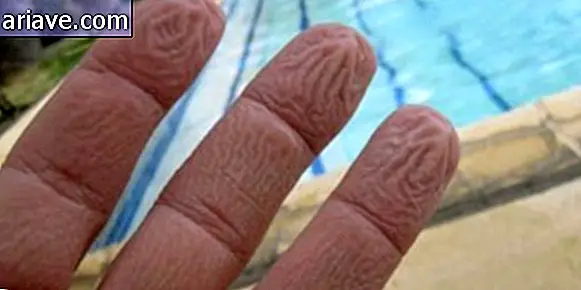Farming under solar panels saves water and generates energy
Making agriculture as resilient as possible is extremely necessary, especially in places that suffer from high temperatures and periods of drought. But how to do it? Combining cultivation with renewable energies, such as solar. “Many of us want more renewable energy, but where will so many solar panels be placed? As solar installations grow, they tend to be around cities, and that's historically where we grow our food, ”says Greg Barron-Gafford, associate professor at the University of Arizona School of Geography and Development and lead author of the article. in Nature Sustainability .
The article discusses how current cropland is the “land cover with the highest potential for photovoltaic solar energy” based on an extensive analysis of incoming sunlight, air temperature, and relative humidity. "So which land use do you prefer - food or energy production?" Asked Barron-Gafford, another researcher who is part of the study. “We are beginning to wonder why not do both in one place? Since then we have grown vegetables like tomatoes, peppers, chard, kale and herbs in the shade of solar panels. "

To this end, a photovoltaic structure was created that comprised energy production and agriculture with the collaboration of the academic community along with researchers, leaving aside a cultivation system within the original methods. "We found that many of our food crops do better in the shade of solar panels because they are spared from direct sunlight, " said Baron-Gafford.
The group noted that the photovoltaic structure offered the plants more favorable conditions for growth, so that some crops had a significant increase in yield (as in the case of tomatoes, which had their crop doubled). In addition, those foods that were in the shade of the plates needed irrigation every two days, while the traditional system was irrigated daily. This means that in addition to generating electricity, the presence of the plates also caused an increase in productivity and ultimately water savings.

It has also been discovered that the photovoltaic plate system is aided by crops (after all, one hand washes the other), which makes for greater efficiency in energy production. The process of transpiration of the plants helped to maintain the temperature balance of the plates, which could achieve better results.











